Rajkumari Sarvesh Kaur shares memories of extravagant meals and the soon-to-be published book on heirloom recipes, which Pooja Bhula discovers are quite distinct from the general Punjabi fare
A long table decorated with oval, horizontal, pearl-embellished floral bouquets; dim lighting; the menu printed on a scroll; chic cutlery and glassware…the setting at Masala Bay, Taj Lands End in Mumbai had royal opulence, yet retained a simple elegance that formed the essence of the royal Patiala meal served to us.
Every dish on the four-course set menu, separate for vegetarians and non-vegetarians, put out by Chef Amninder Sandhu, was full of flavour be it the Mutton Yakhni Shorba, Kofta Roganjosh, Murg Kibiti, Mewadar Keema, Tumta Paneer, Gobi Creamwali or even the desserts of Shahi Phirni and Halwa Behzai. Except the mutton-based Teekkha Kebab, pungency didn’t overpower the taste of other ingredients, nor did the dishes have too many ingredients that they’d have to fight to stand out.
“Our recipes are simple and generally have just four to five ingredients,” explains Rajkumari Sarvesh Kaur, who has never before shared the closely guarded recipes that were once prepared for lavish feasts hosted by her extravagant grandfather, the late Maharaja Bhupinder Singh.
Badami Shorba, a simple nutty soup of rich almond milk, Bharwan Gucci or even Mutton Aloo Bukhara cooked in dried plum gravy may seem modern and even Western, but “dry and easy to carry, kumbh and the very expensive Gucci were always eaten by royalty. In fact, Gucci was very important at weddings,” says chef Sandhu revealing that the best Gucci comes from Kashmir. Reminiscing how there was nothing her grandfather couldn’t arrange, the Rajkumari adds, “We obtained butter and cheese from France, saffron from Spain and cardamom from Guatemala...” Just the kind of thing Maharaja Bhupinder Singh was known for. In 1922, he called for nearly 500-kg weighing, 1400-piece, George V gold and silver dinner service cutlery from London to honour the three-day visit of the Prince of Wales.
Back to our meal, despite the cream and other rich ingredients, it wasn’t greasy and didn’t leave us with the heaviness one feels after eating north Indian food outside. That’s because “the richness of our recipes comes from desi ghee, which is very nutritious if made from a grass-fed cow’s milk and we rarely use tomato puree, butter or the paste of nuts like cashews that form the base of most Punjabi dishes. It’s the plum that gave the gravy of Mutton Aloo Bhukara a lovely dark brown colour,” says Kaur.
That’s not where the difference ends. Butter Chicken synonymous with Punjabi food doesn’t feature in the royal recipes! “Butter chicken was first curated (sic) by Kundan Lal Gujral, the dynamic man behind Moti Mahal and soon took over the palates of many with its fiery zests. But it was never a part of Punjabi home-cooked food,” shares Chef Sandhu. Besides the royal lineage, these recipes also possibly differ from the usual Punjabi ones because until 1956, Patiala was a separate kingdom.
The secret of the family recipes lies in “the Patiala garam masala, the cut of meats, certain techniques, slow simmering, using angithis that allows the food to be cooked evenly and many such small things,” says Kaur, who often has cook offs with her brother – keeping their passion, knowledge and memories fresh.
For Chef Sandhu, who was given a national award for being India’s best lady chef last year, a great learning was “the significance of using challedar onions (chopped into thick rings) in recipes”.
While these recipes were passed down the generations, Kaur inherited the passion for them from father Raja Bhalender Singh. “He cooked every evening and our doors were open to anyone who wanted to share a meal,” she recalls. This side of him may have surprised many who knew the Raja as a distinguished cricketer, for his prowess in several sports and as head of the Indian Olympic Association. “He would carry his culinary set of heavy copper vessels even when he travelled,” adds Kaur, who grew up with a kitchen of 100 staff and “no concept of daily (regular) meals; everyday is a special ocassion for us”.
Today the recipes, which total to 1,100, still exist in the original handwritten form, some in English, some in Punjabi and some even in Urdu.
The Rajkumari has plan to do another pop-up, but six months later the family will put out a coffee table book of 150 select recipes with photos of the food, family and grandeur. “It’s a way of spreading good food; everyone should have the choice of cooking it”.
![submenu-img]() This singer left Air Force, sang at churches, became superstar; later his father killed him after...
This singer left Air Force, sang at churches, became superstar; later his father killed him after...![submenu-img]() Indian-origin man says Apple CEO Tim Cook pushed him...
Indian-origin man says Apple CEO Tim Cook pushed him...![submenu-img]() Anil Ambani’s Rs 96500000000 Reliance deal still waiting for green signal? IRDAI nod awaited as deadline nears
Anil Ambani’s Rs 96500000000 Reliance deal still waiting for green signal? IRDAI nod awaited as deadline nears![submenu-img]() Most popular Indian song ever on Spotify has 50 crore streams; it's not Besharam Rang, Pehle Bhi Main, Oo Antava, Naina
Most popular Indian song ever on Spotify has 50 crore streams; it's not Besharam Rang, Pehle Bhi Main, Oo Antava, Naina![submenu-img]() Did Diljit Dosanjh cut his hair for Amar Singh Chamkila? Imtiaz Ali reveals ‘he managed to…’
Did Diljit Dosanjh cut his hair for Amar Singh Chamkila? Imtiaz Ali reveals ‘he managed to…’ ![submenu-img]() DNA Verified: Is CAA an anti-Muslim law? Centre terms news report as 'misleading'
DNA Verified: Is CAA an anti-Muslim law? Centre terms news report as 'misleading'![submenu-img]() DNA Verified: Lok Sabha Elections 2024 to be held on April 19? Know truth behind viral message
DNA Verified: Lok Sabha Elections 2024 to be held on April 19? Know truth behind viral message![submenu-img]() DNA Verified: Modi govt giving students free laptops under 'One Student One Laptop' scheme? Know truth here
DNA Verified: Modi govt giving students free laptops under 'One Student One Laptop' scheme? Know truth here![submenu-img]() DNA Verified: Shah Rukh Khan denies reports of his role in release of India's naval officers from Qatar
DNA Verified: Shah Rukh Khan denies reports of his role in release of India's naval officers from Qatar![submenu-img]() DNA Verified: Is govt providing Rs 1.6 lakh benefit to girls under PM Ladli Laxmi Yojana? Know truth
DNA Verified: Is govt providing Rs 1.6 lakh benefit to girls under PM Ladli Laxmi Yojana? Know truth![submenu-img]() Alia Bhatt wears elegant saree made by 163 people over 1965 hours to Met Gala 2024, fans call her ‘princess Jasmine’
Alia Bhatt wears elegant saree made by 163 people over 1965 hours to Met Gala 2024, fans call her ‘princess Jasmine’![submenu-img]() Jr NTR-Lakshmi Pranathi's 13th wedding anniversary: Here's how strangers became soulmates
Jr NTR-Lakshmi Pranathi's 13th wedding anniversary: Here's how strangers became soulmates![submenu-img]() Streaming This Week: Heeramandi, Shaitaan, Manjummel Boys, latest OTT releases to binge-watch
Streaming This Week: Heeramandi, Shaitaan, Manjummel Boys, latest OTT releases to binge-watch![submenu-img]() Remember Ayesha Kapur? Michelle from Black, here's how actress, nutrition coach, entrepreneur looks after 19 years
Remember Ayesha Kapur? Michelle from Black, here's how actress, nutrition coach, entrepreneur looks after 19 years![submenu-img]() Remember Heyy Babyy's cute 'Angel' Juanna Sanghvi? 20 year-old looks unrecognisable now, fans say 'her comeback will...'
Remember Heyy Babyy's cute 'Angel' Juanna Sanghvi? 20 year-old looks unrecognisable now, fans say 'her comeback will...'![submenu-img]() DNA Explainer: Why Harvey Weinstein's rape conviction was overturned, will beleaguered Hollywood mogul get out of jail?
DNA Explainer: Why Harvey Weinstein's rape conviction was overturned, will beleaguered Hollywood mogul get out of jail?![submenu-img]() What is inheritance tax?
What is inheritance tax?![submenu-img]() DNA Explainer: What is cloud seeding which is blamed for wreaking havoc in Dubai?
DNA Explainer: What is cloud seeding which is blamed for wreaking havoc in Dubai?![submenu-img]() DNA Explainer: What is Israel's Arrow-3 defence system used to intercept Iran's missile attack?
DNA Explainer: What is Israel's Arrow-3 defence system used to intercept Iran's missile attack?![submenu-img]() DNA Explainer: How Iranian projectiles failed to breach iron-clad Israeli air defence
DNA Explainer: How Iranian projectiles failed to breach iron-clad Israeli air defence![submenu-img]() This singer left Air Force, sang at churches, became superstar; later his father killed him after...
This singer left Air Force, sang at churches, became superstar; later his father killed him after...![submenu-img]() Most popular Indian song ever on Spotify has 50 crore streams; it's not Besharam Rang, Pehle Bhi Main, Oo Antava, Naina
Most popular Indian song ever on Spotify has 50 crore streams; it's not Besharam Rang, Pehle Bhi Main, Oo Antava, Naina![submenu-img]() Did Diljit Dosanjh cut his hair for Amar Singh Chamkila? Imtiaz Ali reveals ‘he managed to…’
Did Diljit Dosanjh cut his hair for Amar Singh Chamkila? Imtiaz Ali reveals ‘he managed to…’ ![submenu-img]() Watch: Arti Singh gets grand welcome at husband Dipak's house with fairy lights and fireworks, video goes viral
Watch: Arti Singh gets grand welcome at husband Dipak's house with fairy lights and fireworks, video goes viral![submenu-img]() Meet actress, who belongs to family of superstars, quit films after 19 flops, no single hit in 9 years; is still worth…
Meet actress, who belongs to family of superstars, quit films after 19 flops, no single hit in 9 years; is still worth…![submenu-img]() IPL 2024: Suryakumar Yadav's century power MI to 7-wicket win over SRH
IPL 2024: Suryakumar Yadav's century power MI to 7-wicket win over SRH![submenu-img]() DC vs RR, IPL 2024: Predicted playing XI, live streaming details, weather and pitch report
DC vs RR, IPL 2024: Predicted playing XI, live streaming details, weather and pitch report![submenu-img]() Watch: Team India’s new jersey for T20 World Cup 2024 unveiled
Watch: Team India’s new jersey for T20 World Cup 2024 unveiled![submenu-img]() DC vs RR IPL 2024 Dream11 prediction: Fantasy cricket tips for Delhi Capitals vs Rajasthan Royals
DC vs RR IPL 2024 Dream11 prediction: Fantasy cricket tips for Delhi Capitals vs Rajasthan Royals![submenu-img]() IPL 2024: Kolkata Knight Riders take top spot after 98 runs win over Lucknow Super Giants
IPL 2024: Kolkata Knight Riders take top spot after 98 runs win over Lucknow Super Giants![submenu-img]() Indian-origin man says Apple CEO Tim Cook pushed him...
Indian-origin man says Apple CEO Tim Cook pushed him...![submenu-img]() Meet man whose salary was only Rs 83 but his net worth grew by Rs 7010577000000 in 2023, he is Mukesh Ambani's...
Meet man whose salary was only Rs 83 but his net worth grew by Rs 7010577000000 in 2023, he is Mukesh Ambani's...![submenu-img]() Job applicant offers to pay Rs 40000 to Bengaluru startup founder, here's what happened next
Job applicant offers to pay Rs 40000 to Bengaluru startup founder, here's what happened next![submenu-img]() Viral video: Family fearlessly conducts puja with live black cobra, internet reacts
Viral video: Family fearlessly conducts puja with live black cobra, internet reacts![submenu-img]() Woman demands Rs 50 lakh after receiving chicken instead of paneer
Woman demands Rs 50 lakh after receiving chicken instead of paneer


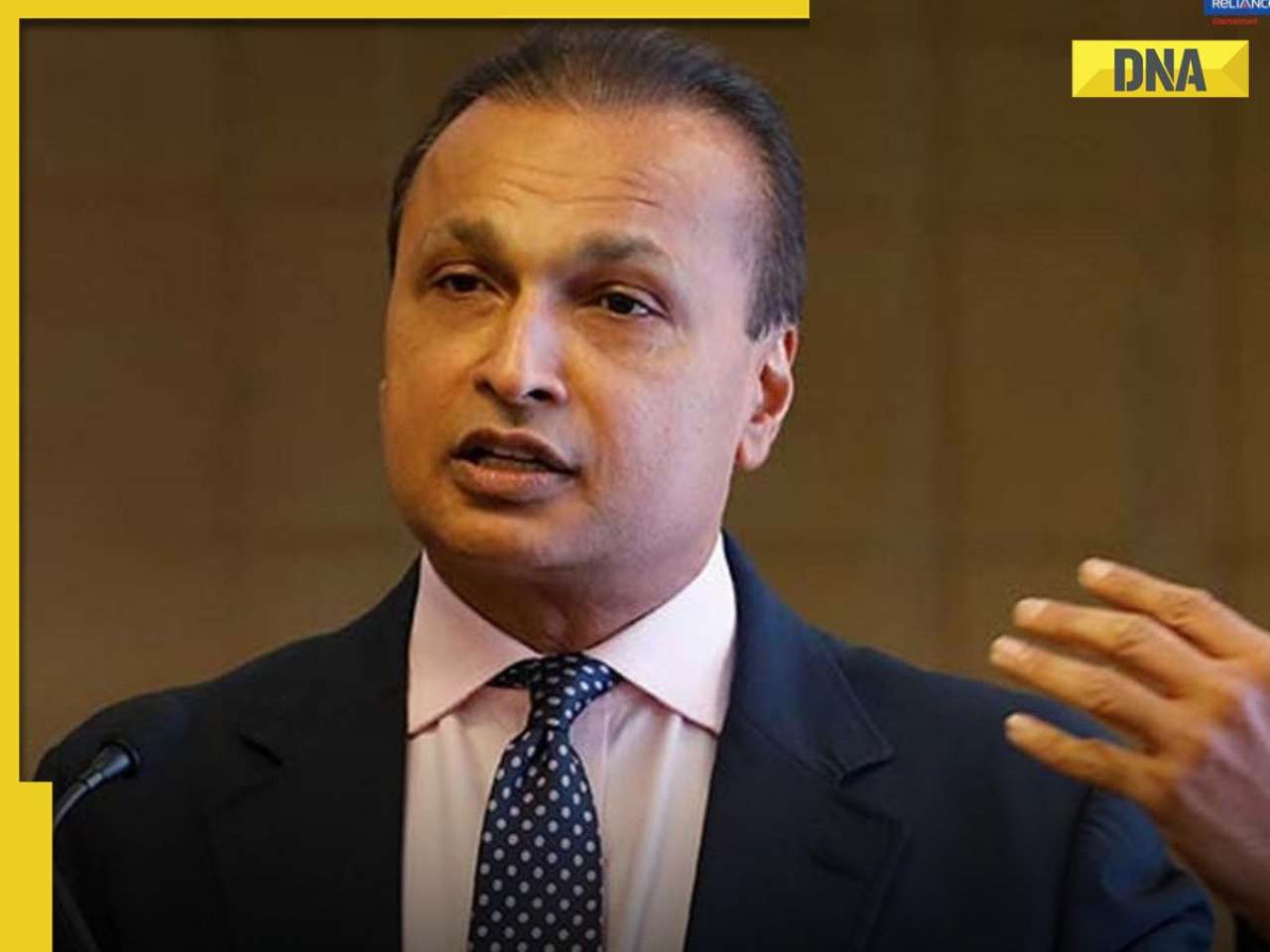

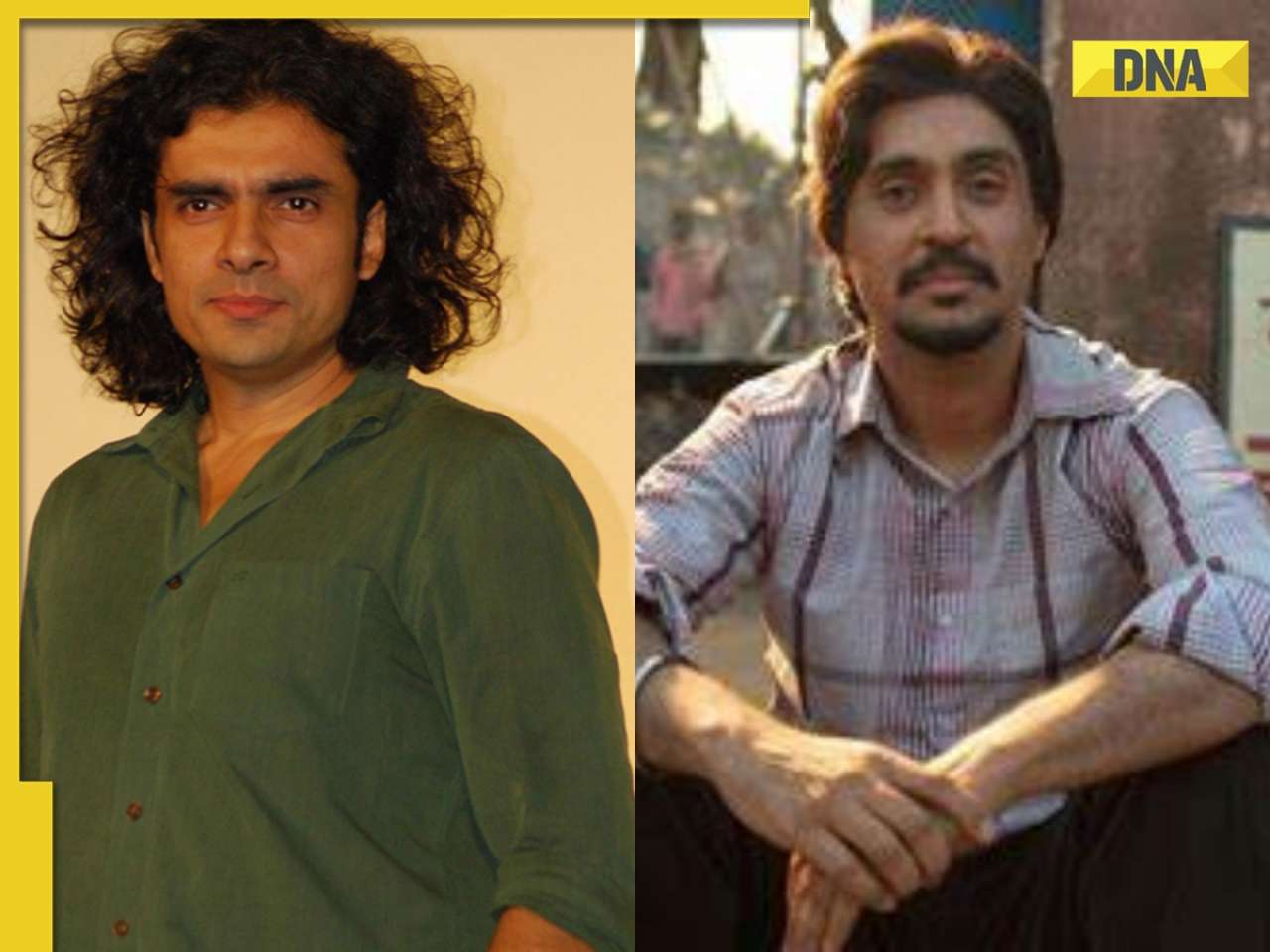























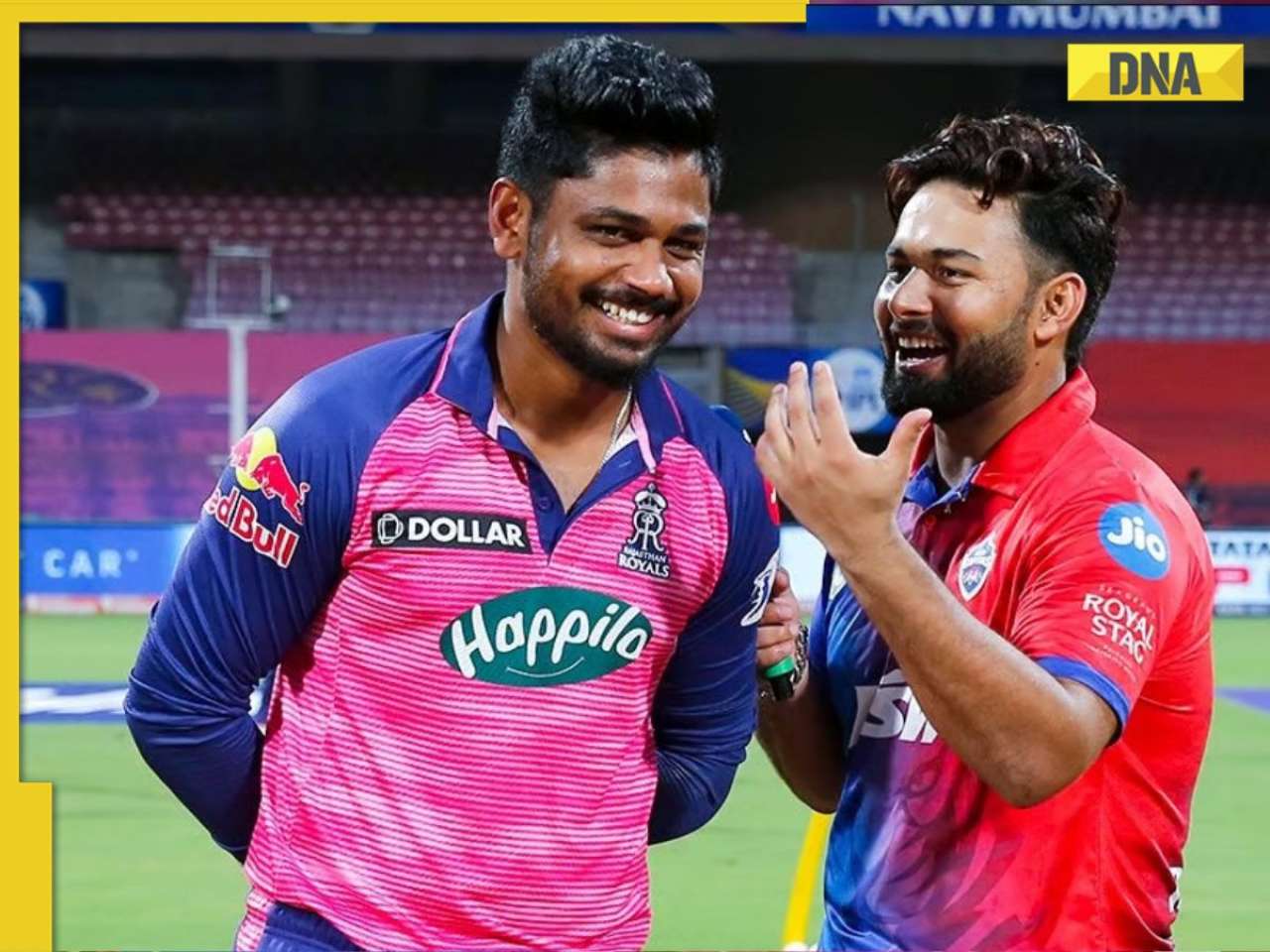

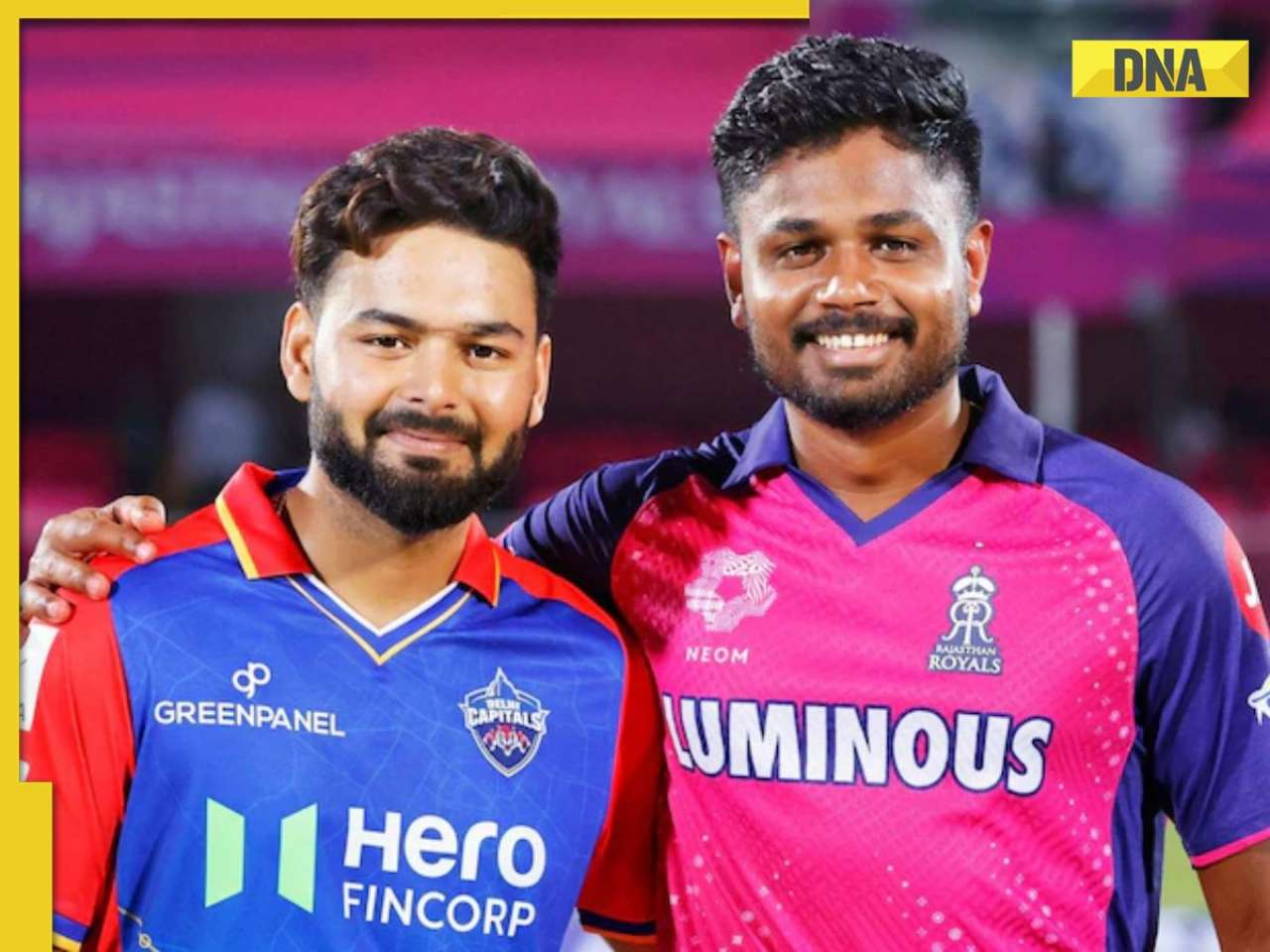






)

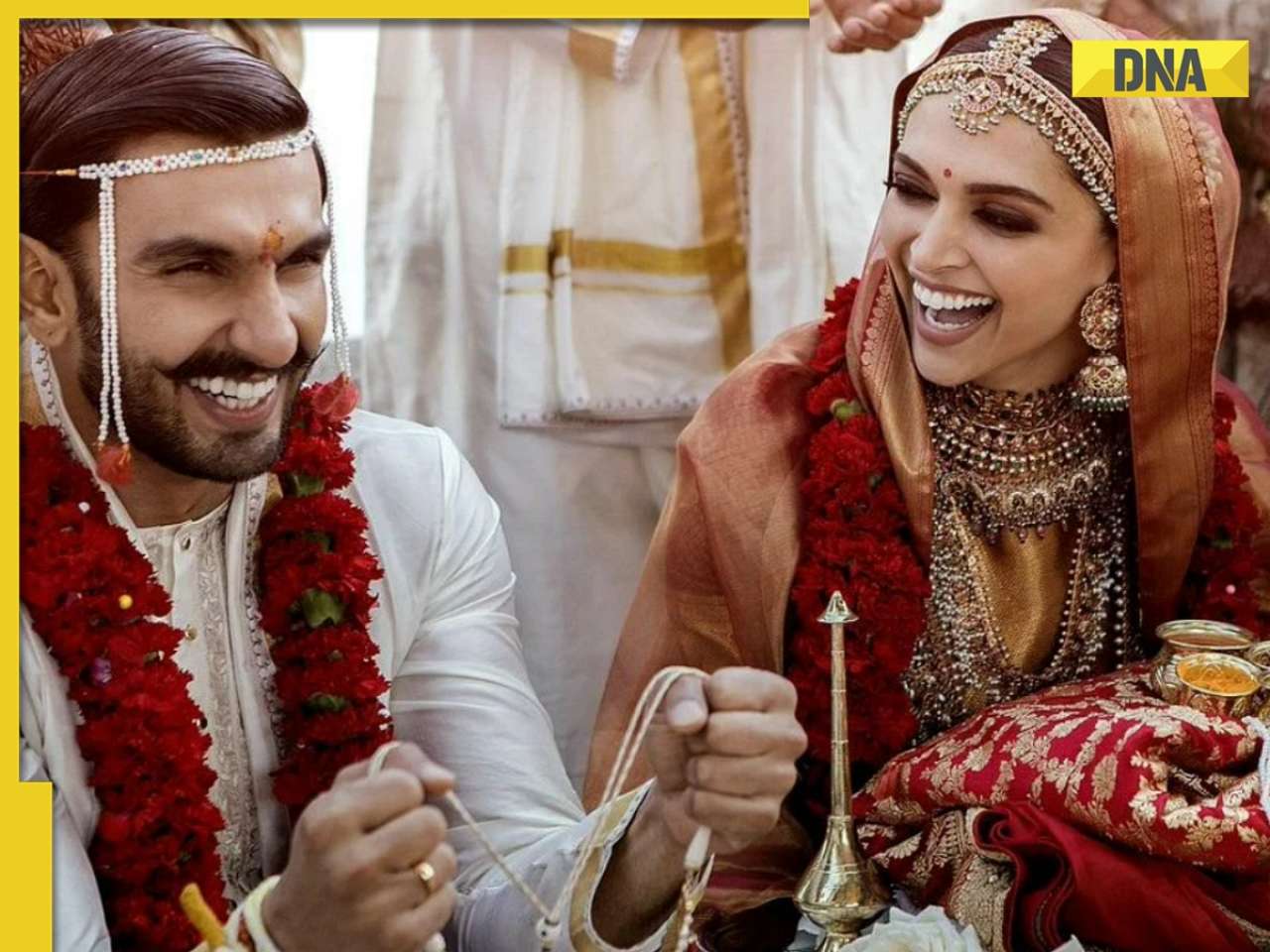
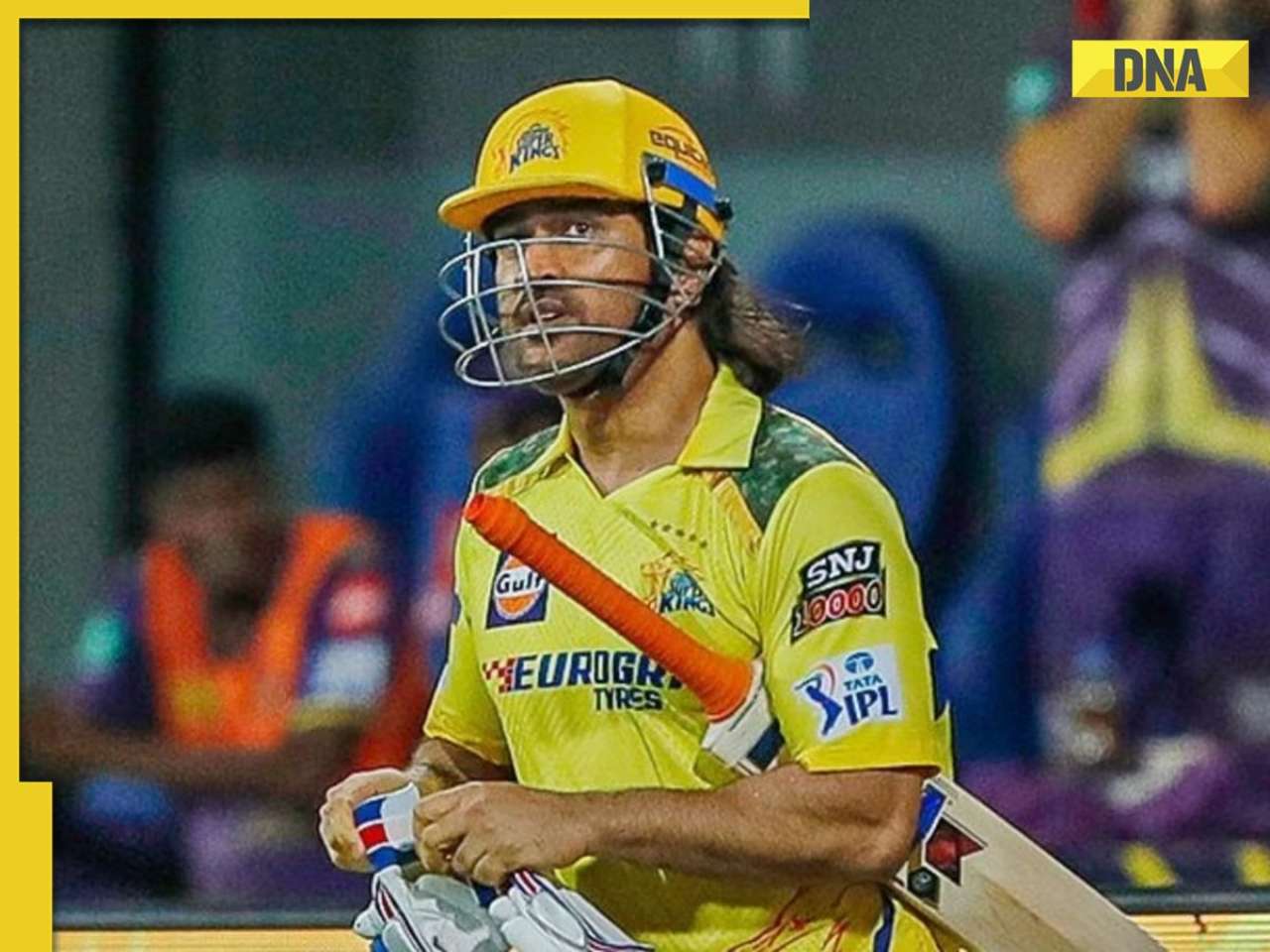






)
)
)
)
)
)